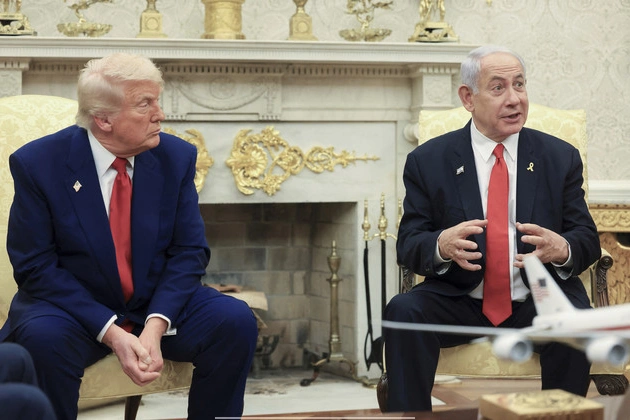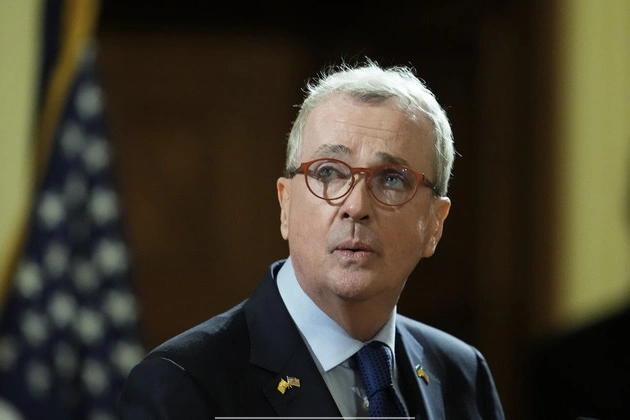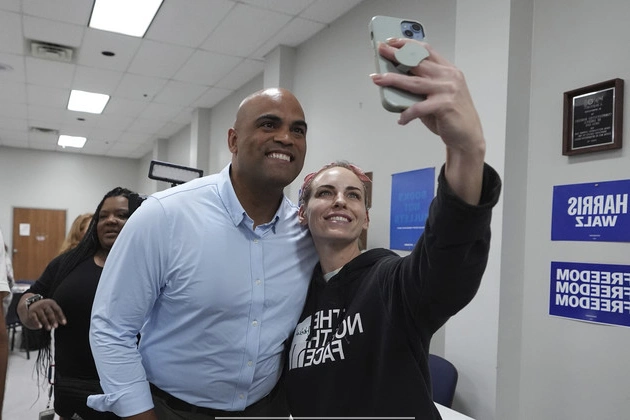
Meeting Defense Spending Goals for a Stronger NATO
President Donald Trump’s recent comments on NATO defense spending have sparked debates within the alliance. As the summit approaches, the focus shifts to why NATO members should strive to meet the 5 percent GDP defense spending goal.
While Trump has emphasized the need for NATO states to increase their defense budgets, his stance on U.S. participation has raised questions. Despite the U.S. currently spending 3.4 percent of GDP on defense, Trump’s emphasis remains on NATO’s collective effort.
The Challenge of Defense Spending Targets
Most NATO countries allocate just over 2 percent of GDP to defense, with plans to reach 3 percent. Trump’s call for 5 percent has prompted innovative solutions, like allocating the remaining 1.5 percent to domestic infrastructure and cybersecurity.
However, Trump’s reluctance to commit to this higher target contrasts with Republican leaders’ push for increased defense budgets. Senators Roger Wicker and Representatives Mike Rogers advocate for 5 percent GDP spending on defense, highlighting the potential impact on Pentagon budgets.
Varied Responses Within NATO
While some NATO members, like Poland and the Baltic states, have committed to the 5 percent goal, others express reservations. Spain, for instance, rejects the target, citing budget constraints. Similarly, Germany seeks a balance between necessary spending and financial feasibility.
Experts point out that U.S. defense spending, at 3.4 percent of GDP, is historically low. The implications of failing to meet defense targets could affect NATO’s readiness and deterrence capabilities.
Looking Ahead: Balancing Priorities
As NATO leaders convene to discuss spending goals and force structures, the focus remains on finding a compromise between national budgets and collective security needs. The debate underscores the importance of a united front in addressing evolving security threats.
Regular updates to defense spending plans are crucial for maintaining NATO’s relevance and effectiveness in an ever-changing security landscape. By aligning budget priorities with strategic objectives, member states can strengthen the alliance’s capabilities and resilience.











